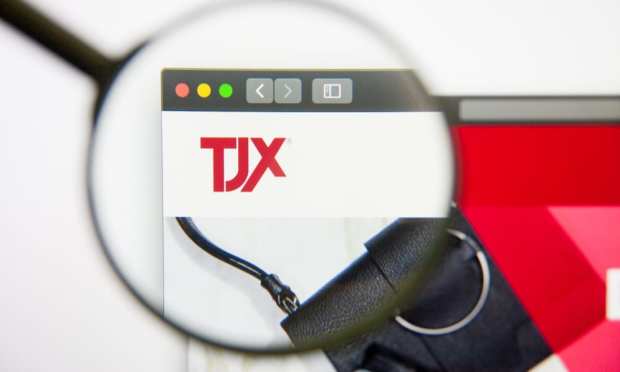Could TJX, Other Offline Retailers Regret Their eCommerce Abandonment?

It seems like a year ago, but it was actually only March 8 when discount retailer Burlington announced that it was abandoning its admittedly watered-down eCommerce offering. At the time, several analysts and publications (this one included) split their judgment on the move. On one hand, the best way to get people in stores and avoid the fate of other brick-and-mortar retailers was to make online sales the only option. On the other hand, ignoring eCommerce as it continues its climb toward 20 percent of total retail spend could be seen as short-sighted.
Now those decisions – along with the lack of eCommerce commitment from other discounters like Ross Stores and TJ Maxx – are under a harsh new light. Furloughs from all three companies have been issued to their workforces. And because apparel is not considered essential retail, in-store revenue has dried up as the COVID-19 crisis has expanded. In hindsight, it’s an interesting thought exercise to see whether those decisions should be reconsidered and what will happen when these stores re-open.
The first question to ask is whether any of these companies regret their decision to forgo eCommerce in light of COVID-19, or if they would been more aggressive about selling online if they could have seen it coming. The answer, judging by a lack of action, is a tacit no. If TJX, for example, wanted to turn on a limited eCommerce sale, it certainly has the resources, personnel and expertise to do so. And if Ross or Burlington wanted to sell their wares via a marketplace like Amazon, they could have made that happen.
That leads some retailers and experts to believe that the “no eCommerce” stance is baked deeply into the DNA of these brands. After all, in 2018, fashion eCommerce accounted for 20.4 percent of the total fashion retail sales in the United States, and U.S. retail eCommerce apparel revenue amounted to an estimated $102 billion and is projected to hit $146 billion by 2023.
“Probably the best way to think about that is, why would you ignore a growing channel?” asked Geoff Watts, CEO of retail data company Edited. “I remember being at a conference about three years ago and the CEO of a company was saying exactly the same thing, about doubling down on in-store real estate. Why would you say that you’re dying on the hill over that statement? I would think it’s probably because your business model doesn’t actually translate very well.”
Or maybe it’s not enough of a factor for those companies to aggressively market. Tom Collinger, executive director of the Northwestern University Spiegel Research Center, believes that eCommerce in general has been slow to become a dominant force in retail. He likens it to the age of the mail order and direct response business, and believes there’s a limit to how much people actually want to shop remotely. Brick-and-mortar still dwarfs eCommerce by a factor of five to one, Collinger pointed out, although its growth curve is gaining depth. He is confident that will be affected by the COVID-19 crisis.
“The lifeline that these (eCommerce) enterprises provided to customers during this time also has lasting impact,” he noted. “The increased frequency and dependency on eCommerce today will not be forgotten. And as eCommerce brands see an average of 25 percent growth during this shelter-at-home time, this is the fuel that will make most of them that much better at serving customers when retail competition emerges. So, expect more recommendation systems from the eCommerce sellers we have frequented at this time. Expect more communications. And expect more thanks from them.”
Perhaps those three discounters have missed an opportunity to serve their customers during this time. However, other experts still see merit in the brick-and-mortar model.
“I think that while in the short term, not having eCommerce is an issue, in the long term COVID-19 will benefit TJX’s business because of the massive amount of merchandise in mall-based stores that will not be able to be sold and will be able to be purchased (by them) for much less,” says IHL Retail Analyst Greg Buzek. “So as a discounter, the quality of merchandise they will have for the rest of the year to choose from will be much higher than if it was business as usual. So yes, they take a hit for these couple of months, but get a long-term gain. If there is at all a bounce-back in apparel, it will be at places like TJX.”
Collinger expects a short-term rush to brick-and-mortar retail after the lockdown orders are lifted. He refers to it as a version of PTSD that will need to be exorcised as consumers flock to social compression instead of distancing. In the end, he believes, consumers, not any particular type of retailing, will win.
“Yes, I believe there will be a bump in the adoption curve for eCommerce,” he noted. “But, with the tensions explained above, my belief is that retail stores will work harder than ever to win business from consumers, while eCommerce players will hone their talent to be even more relevant and customized. As we look back in future years, the size of the bump will be noticeable, but it will not signal the death knell of brick-and-mortar retail.”
